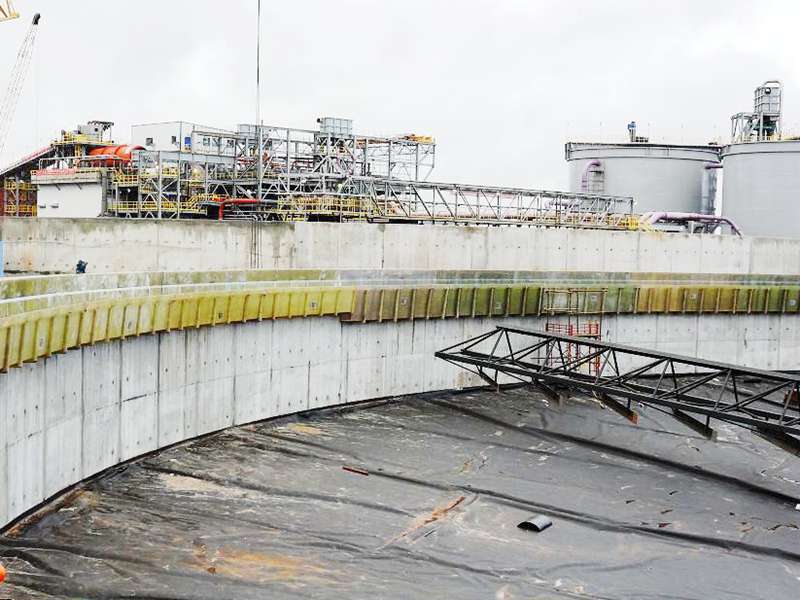
-
 Afrikaans
Afrikaans -
 Albanian
Albanian -
 Amharic
Amharic -
 Arabic
Arabic -
 Armenian
Armenian -
 Azerbaijani
Azerbaijani -
 Basque
Basque -
 Belarusian
Belarusian -
 Bengali
Bengali -
 Bosnian
Bosnian -
 Bulgarian
Bulgarian -
 Catalan
Catalan -
 Cebuano
Cebuano -
 China
China -
 China (Taiwan)
China (Taiwan) -
 Corsican
Corsican -
 Croatian
Croatian -
 Czech
Czech -
 Danish
Danish -
 Dutch
Dutch -
 English
English -
 Esperanto
Esperanto -
 Estonian
Estonian -
 Finnish
Finnish -
 French
French -
 Frisian
Frisian -
 Galician
Galician -
 Georgian
Georgian -
 German
German -
 Greek
Greek -
 Gujarati
Gujarati -
 Haitian Creole
Haitian Creole -
 hausa
hausa -
 hawaiian
hawaiian -
 Hebrew
Hebrew -
 Hindi
Hindi -
 Miao
Miao -
 Hungarian
Hungarian -
 Icelandic
Icelandic -
 igbo
igbo -
 Indonesian
Indonesian -
 irish
irish -
 Italian
Italian -
 Japanese
Japanese -
 Javanese
Javanese -
 Kannada
Kannada -
 kazakh
kazakh -
 Khmer
Khmer -
 Rwandese
Rwandese -
 Korean
Korean -
 Kurdish
Kurdish -
 Kyrgyz
Kyrgyz -
 Lao
Lao -
 Latin
Latin -
 Latvian
Latvian -
 Lithuanian
Lithuanian -
 Luxembourgish
Luxembourgish -
 Macedonian
Macedonian -
 Malgashi
Malgashi -
 Malay
Malay -
 Malayalam
Malayalam -
 Maltese
Maltese -
 Maori
Maori -
 Marathi
Marathi -
 Mongolian
Mongolian -
 Myanmar
Myanmar -
 Nepali
Nepali -
 Norwegian
Norwegian -
 Norwegian
Norwegian -
 Occitan
Occitan -
 Pashto
Pashto -
 Persian
Persian -
 Polish
Polish -
 Portuguese
Portuguese -
 Punjabi
Punjabi -
 Romanian
Romanian -
 Russian
Russian -
 Samoan
Samoan -
 Scottish Gaelic
Scottish Gaelic -
 Serbian
Serbian -
 Sesotho
Sesotho -
 Shona
Shona -
 Sindhi
Sindhi -
 Sinhala
Sinhala -
 Slovak
Slovak -
 Slovenian
Slovenian -
 Somali
Somali -
 Spanish
Spanish -
 Sundanese
Sundanese -
 Swahili
Swahili -
 Swedish
Swedish -
 Tagalog
Tagalog -
 Tajik
Tajik -
 Tamil
Tamil -
 Tatar
Tatar -
 Telugu
Telugu -
 Thai
Thai -
 Turkish
Turkish -
 Turkmen
Turkmen -
 Ukrainian
Ukrainian -
 Urdu
Urdu -
 Uighur
Uighur -
 Uzbek
Uzbek -
 Vietnamese
Vietnamese -
 Welsh
Welsh -
 Bantu
Bantu -
 Yiddish
Yiddish -
 Yoruba
Yoruba -
 Zulu
Zulu
frp housing
Exploring the Future of FRP Housing A Sustainable Solution
In recent years, the construction industry has faced rising challenges related to sustainability, efficiency, and environmental impact. One innovative solution gaining traction is the use of Fiber Reinforced Polymer (FRP) in housing. This advanced material offers numerous benefits, positioning itself as a viable alternative in the quest for sustainable building practices.
Exploring the Future of FRP Housing A Sustainable Solution
The environmental aspect of FRP is particularly noteworthy. The production of FRP typically involves lower energy consumption compared to steel or concrete. Furthermore, the lightweight nature of FRP allows for reduced transportation costs and lower emissions during delivery. When considering the entire lifecycle of a building, from production to eventual deconstruction, FRP’s impact on the environment is substantially minimized, aligning with global efforts to reduce carbon footprints.
frp housing

Another significant advantage of FRP housing is its design flexibility. Architects and builders can manipulate the material into various shapes and forms, enabling creative and innovative designs that can enhance both aesthetics and functionality. This adaptability opens up new possibilities for creating customized living environments that meet the needs of diverse communities.
Additionally, FRP constructs can lead to quicker building times. Due to the prefabrication capabilities of FRP components, homes can be assembled rapidly, addressing the urgent need for affordable housing in many parts of the world. With the global housing crisis escalating, finding efficient construction methods is paramount, and FRP offers a compelling solution.
However, it is essential to acknowledge the challenges that FRP housing faces. High initial costs and the need for specialized skills in installation and maintenance can be barriers to widespread adoption. Further research and development will be crucial to optimize the material for broader applications and to bring costs down over time.
In conclusion, FRP housing presents an exciting frontier in sustainable construction. Its durability, environmental benefits, design flexibility, and potential for rapid deployment position it as a significant player in addressing contemporary housing challenges. As society continues to prioritize green building solutions, embracing FRP technology could pave the way for a new era in construction, one that harmonizes with the environment and meets the needs of future generations. As we explore the future of housing, FRP stands out as an innovative and sustainable choice worth considering.
Latest news
-
Exploring the Benefits of Top Hammer Drifter Rods for Enhanced Drilling PerformanceNewsJun.10,2025
-
High-Precision Fiberglass Winding Machine for GRP/FRP Pipe Production – Reliable & Efficient SolutionsNewsJun.10,2025
-
FRP Pipes & Fittings for Shipbuilding - Corrosion-Resistant & LightweightNewsJun.09,2025
-
Premium FRP Flooring Solutions Durable & Slip-ResistantNewsJun.09,2025
-
Premium Fiberglass Rectangular Tanks Durable & Lightweight SolutionNewsJun.09,2025
-
Tapered Drill String Design Guide Durable Performance & UsesNewsJun.09,2025









